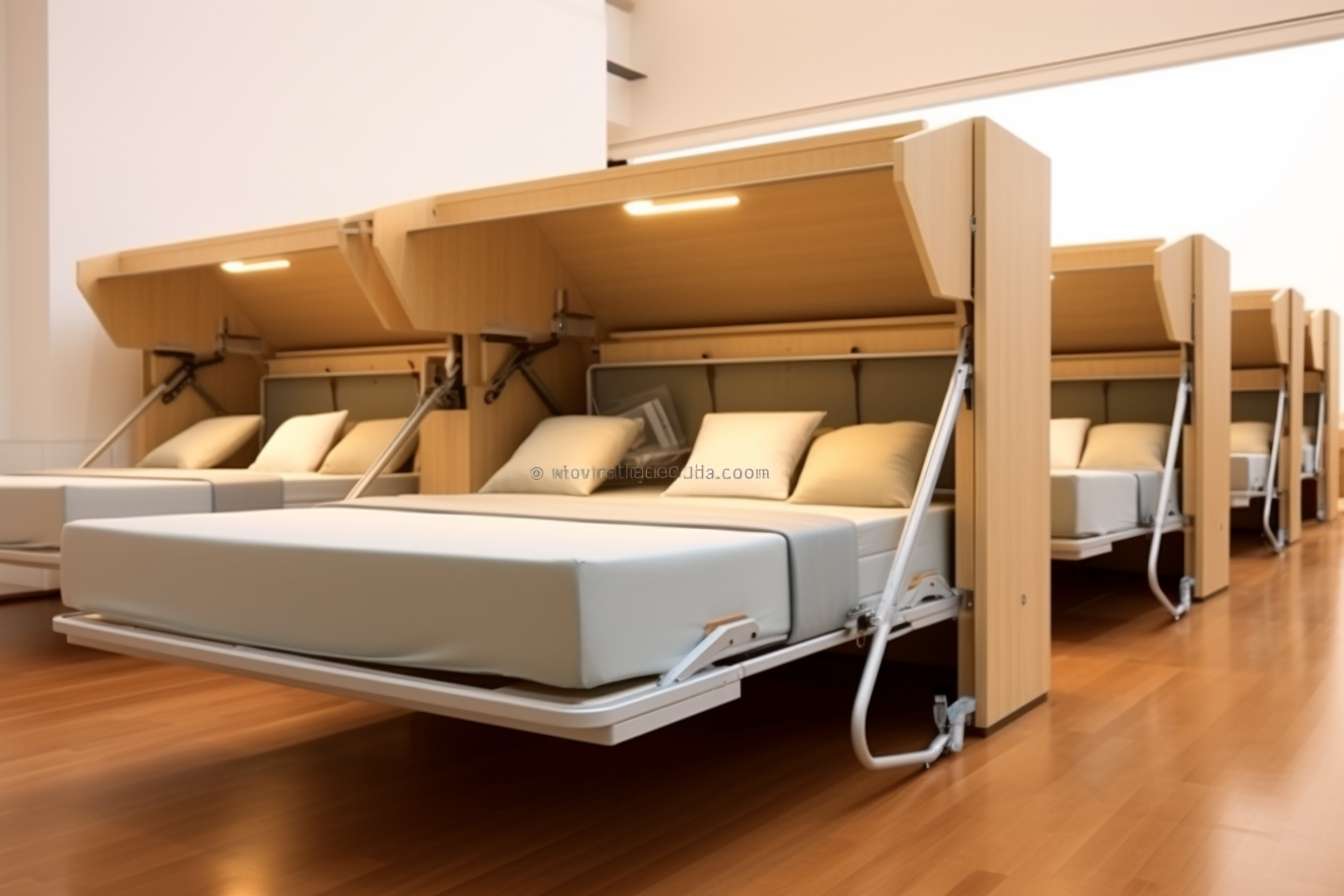Complete Guide to Whole House Generators for Home Power Backup
Power outages can strike without warning, leaving families in darkness and disrupting daily routines. Whole house generators offer a comprehensive solution that automatically restores electricity to your entire home within seconds of an outage. These permanently installed backup power systems have become increasingly popular as homeowners seek reliable protection against extended blackouts caused by severe weather, grid failures, and infrastructure issues.

When the lights go out and the power grid fails, a whole house generator becomes your home’s lifeline to normalcy. These sophisticated backup power systems represent a significant investment in your family’s comfort, safety, and peace of mind during unexpected electrical outages.
Why Your Home Needs a Whole House Generator for Power Outages
Modern homes depend heavily on electricity for essential functions beyond basic lighting. Refrigerators preserve food, sump pumps prevent flooding, medical equipment supports health needs, and security systems protect property. During extended outages, these critical systems fail, potentially causing thousands of dollars in damage and creating dangerous situations. Whole house generators eliminate these risks by providing seamless power transition, often within 10-20 seconds of detecting an outage. Unlike portable generators, these systems operate automatically without manual intervention, making them ideal for homeowners who travel frequently or have mobility limitations.
Understanding How Whole House Generators Power Your Home
Whole house generators connect directly to your home’s electrical panel through an automatic transfer switch. This sophisticated control system continuously monitors incoming utility power and detects outages within milliseconds. When power fails, the transfer switch signals the generator to start, simultaneously disconnecting your home from the utility grid to prevent dangerous backfeeding. The generator’s engine drives an alternator that produces electricity, which flows through the transfer switch to power selected circuits or your entire home. Most systems run on natural gas or propane, providing fuel availability even when gasoline stations lose power. The automatic transfer switch also manages the restoration process, seamlessly switching back to utility power when service returns and allowing the generator to cool down properly.
Choosing the Right Whole House Generator for Your Specific Needs
Selecting an appropriate generator requires careful assessment of your home’s power requirements and priorities. Start by calculating your essential electrical loads, including heating and cooling systems, refrigeration, lighting, and critical appliances. Generators are rated in kilowatts, with residential units typically ranging from 7.5kW to 48kW. A 20kW unit generally supports most essential circuits in an average home, while larger homes with electric heating or multiple air conditioning units may require 30kW or more. Consider fuel availability in your area, as natural gas provides unlimited runtime but requires existing gas lines, while propane offers independence but requires tank refilling. Climate considerations also matter, as some units perform better in extreme temperatures or coastal environments with salt air exposure.
Essential Guide to Whole House Standby Generator Systems
Standby generator systems consist of several key components working together for reliable operation. The generator unit itself houses the engine, alternator, and control systems within a weather-resistant enclosure. The automatic transfer switch serves as the brain of the system, monitoring utility power and managing the switching process. Professional installation includes proper electrical connections, fuel line installation, concrete pad preparation, and local permit acquisition. Regular maintenance ensures reliable operation and includes periodic oil changes, filter replacements, and system testing. Most manufacturers recommend professional servicing every six months or after specific runtime hours. Modern systems include remote monitoring capabilities, allowing homeowners to check system status and receive maintenance alerts through smartphone apps.
Whole House Generator Costs: Pricing, Installation & Fuel
Investing in a whole house generator involves several cost components that vary based on system size, features, and installation complexity. Equipment costs typically range from $3,000 to $15,000, with installation adding another $3,000 to $8,000 depending on electrical work, fuel line installation, and permit requirements. Ongoing fuel costs depend on usage frequency and local utility rates, with natural gas generally offering lower operating costs than propane.
| Generator Size | Equipment Cost | Installation Cost | Total Investment |
|---|---|---|---|
| 7.5-10kW | $3,000-$4,500 | $3,000-$5,000 | $6,000-$9,500 |
| 16-20kW | $4,500-$7,000 | $4,000-$6,500 | $8,500-$13,500 |
| 24-30kW | $7,000-$10,000 | $5,000-$7,500 | $12,000-$17,500 |
| 35-48kW | $10,000-$15,000 | $6,000-$8,000 | $16,000-$23,000 |
Prices, rates, or cost estimates mentioned in this article are based on the latest available information but may change over time. Independent research is advised before making financial decisions.
Maintenance costs typically run $200-$500 annually for professional servicing, while extended warranties may add $500-$1,500 to initial costs. Many homeowners find that generator systems increase property values by $3,000-$5,000, partially offsetting the investment. Financing options through manufacturers or contractors can spread costs over several years, making these systems more accessible to budget-conscious homeowners.
Whole house generators represent a significant but worthwhile investment for homeowners prioritizing reliability and convenience during power outages. By understanding your specific needs, fuel options, and associated costs, you can select a system that provides years of dependable backup power protection. Professional installation and regular maintenance ensure optimal performance when you need it most, making the investment in home power security a practical choice for modern living.




